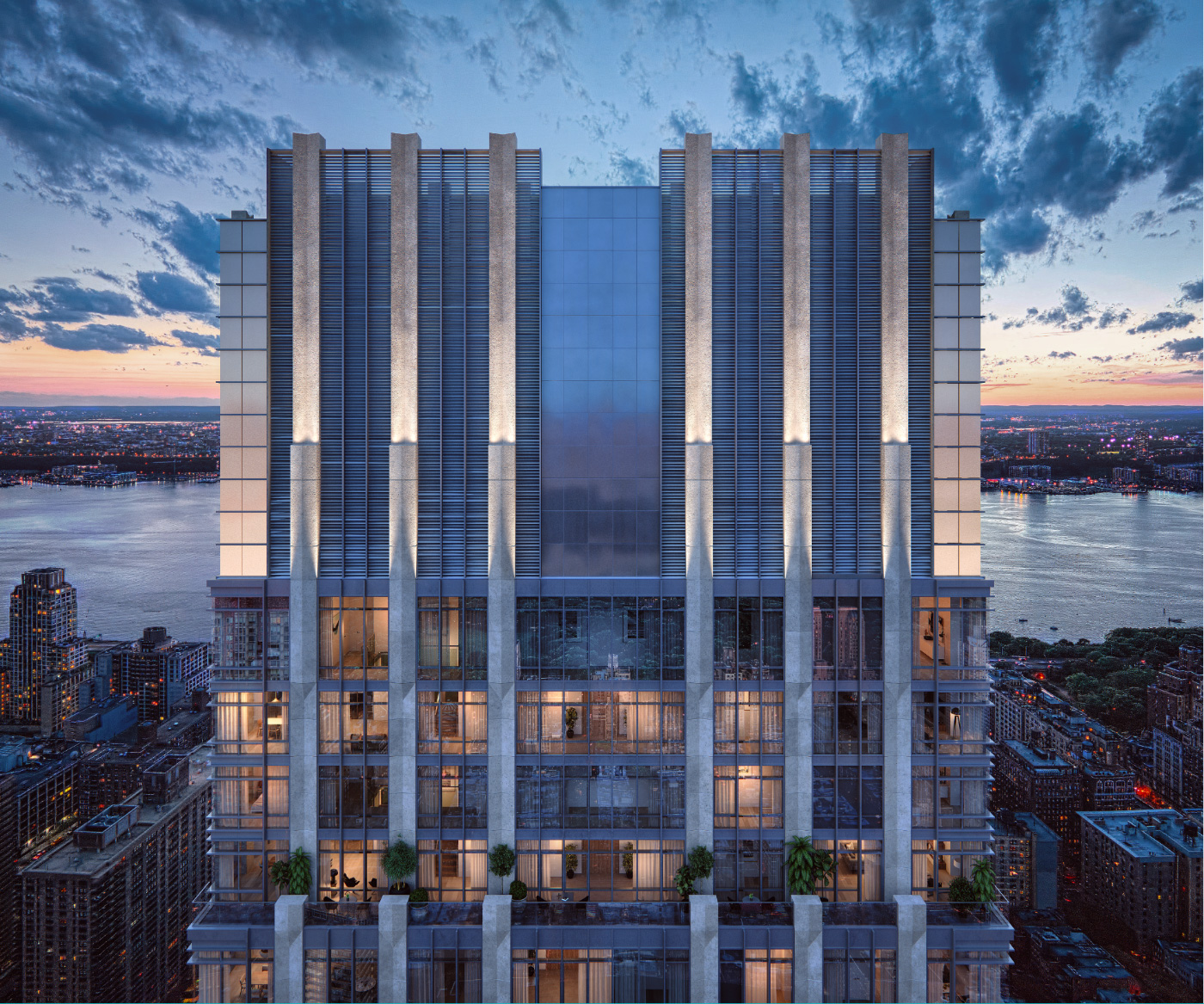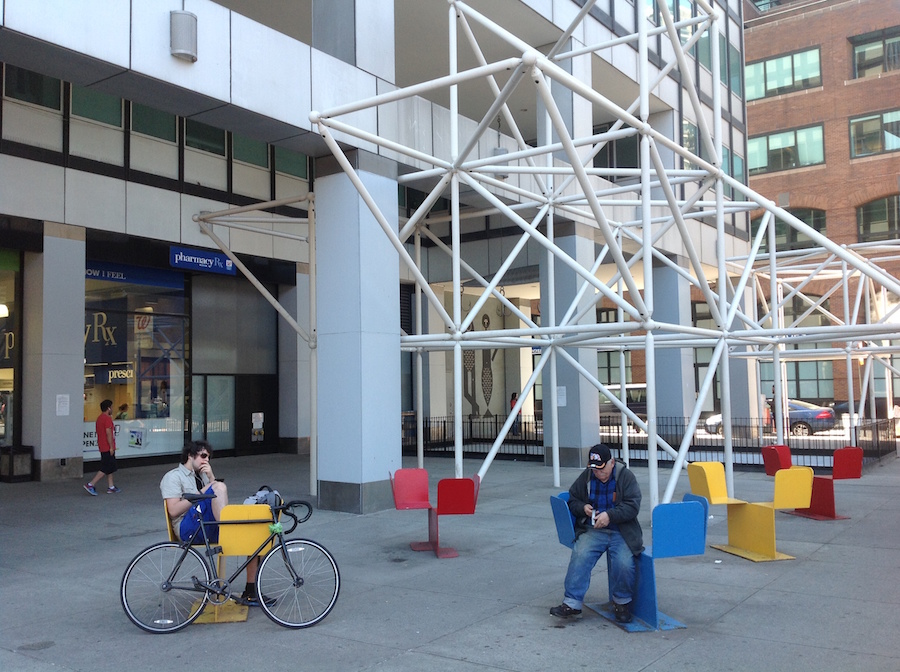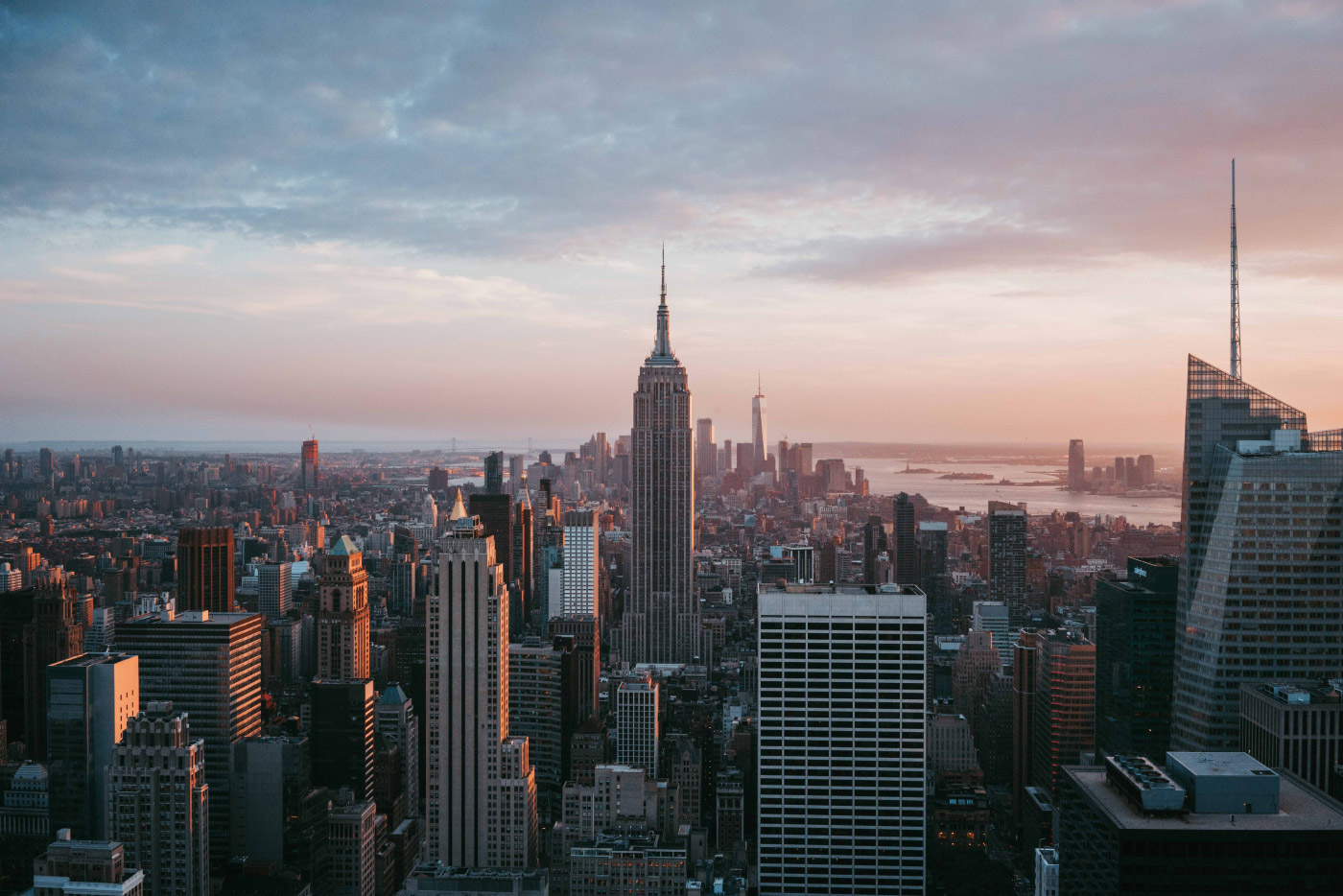The Municipal Art Society’s mission claims that it “fights for intelligent urban planning, design, and preservation through education, dialogue, and advocacy in New York City.” But while it still engages in a dialogue of sorts, it seems to have lost its fight for a fight. The society was founded in 1893 as a better government organization in the wake of the City Beautiful movement and boasts of its “decades of advocacy” that include defeating proposals by Mayor John F. Hylan to build the IND subway within Central Park, as well as the Music and Art Center on its south edge. MAS also helped halt the demolition of Tweed Courthouse, Radio City Music Hall, and most famously, Grand Central Terminal.
What was once one of the fiercest and most devoted New York City organizations that would litigate when it thought the best interests of the city were threatened, has now become a de-fanged developer and real estate-led organization that serves as a cheerleader for major development projects like Barry Diller and Hudson River Park Trust’s Pier 55. It is always a balancing act to create a board of directors in a nonprofit that needs to raise funds, but the MAS’s recent leadership has handed the organization over to the real estate industry, who it in turn “honors” in its fund-raising benefits. When it decides to take a controversial position it is usually something like their weak stand against Mayor de Blasio’s idea to take pedestrian plazas out of Times Square. Several weeks after every editorial in the city publicly came out against the plans, the MAS finally opposed the crazy scheme. When it came out and testified in support of the super tall One Vanderbilt Avenue project, its former directors must have sighed a collective “Oh no!” It has not taken a difficult or controversial stand in recent memory, choosing to act instead as a cheerleader for development throughout the Bloomberg administration.
Instead, the society spends its time and money organizing meaningless sound bite events like their summits for New York City, which encourage attendees to tweet out their thoughts and give advertorial stage-time for new digital start ups and developers of projects it wants to support. One wonders what comes out of these really meaningless events—except the appearance of having done something.
In addition, the MAS once supported fellowships that worked on substantive planning and preservation issues that have been dropped. Its Ralph C. Menapace Fellowship gave new law school graduates an opportunity to acquire firsthand experience in the legislative process and litigation and advocacy before New York’s regulatory bodies. Members of the New York preservation community talk about the importance of the fellowship in providing important research to committees, agencies, and commissions. This was something that truly benefited the preservation community, but the leadership of MAS quietly abandoned the program.
In retrospect, the problems with MAS leadership should have been apparent in 2010, when it decided to move out early from its long-term lease at Madison Avenue’s Urban Center—which it helped establish—to private offices on 57th street. No one can blame the group from wanting to cash out early from its lease, but the Urban Center was such an important public space (with the city’s only architecture bookstore) that has never been replaced. In the meantime, another better government organization—The City Club—has reformed (with several former MAS leaders) to take up the slack created when MAS decided to not take any positions controversial to the real estate industry. The Club is the group behind the opposition to the Pier 55 development that MAS supports and promotes.
The MAS is currently seeking a new director and a change in leadership, which could not have come at a more important time for preservation efforts in the city. With development speeding along at pace rivaled only by the 1920s, the historic fabric of the city is threatened in new and more powerful ways. We have never needed an organization like the MAS more than at the present moment. Let’s hope it finds a new leader not just with vision, but the steely resolve to take controversial stands when they are needed to defeat proposals that only benefit the real estate community and not the larger city.










